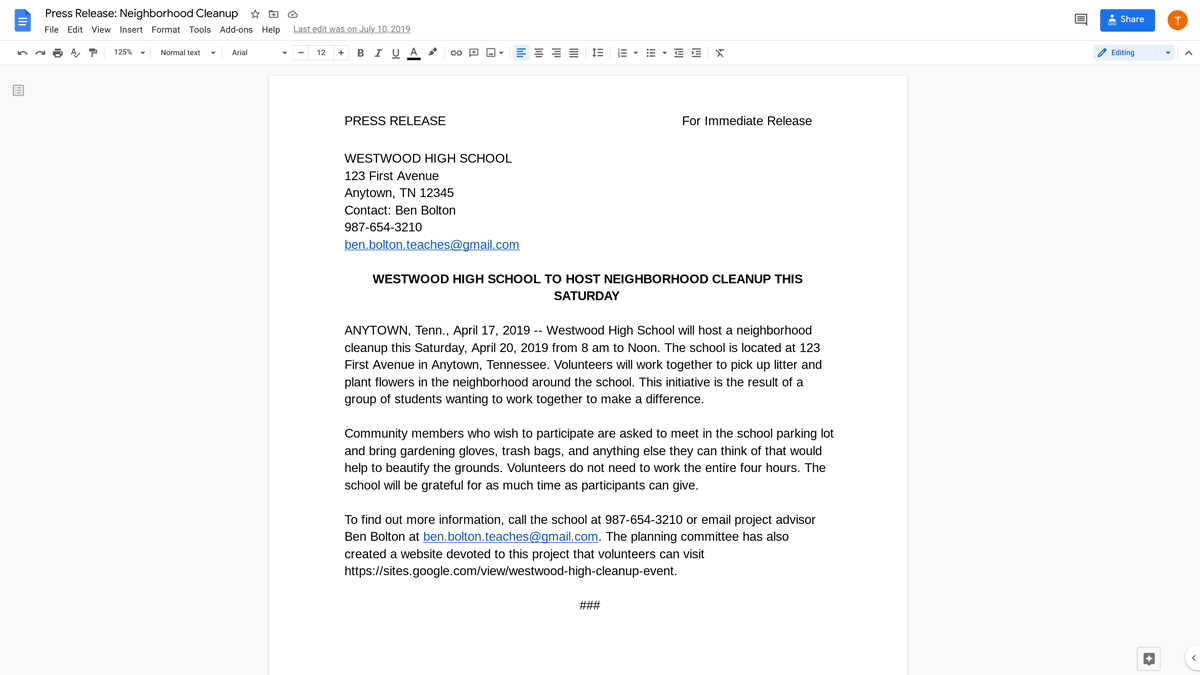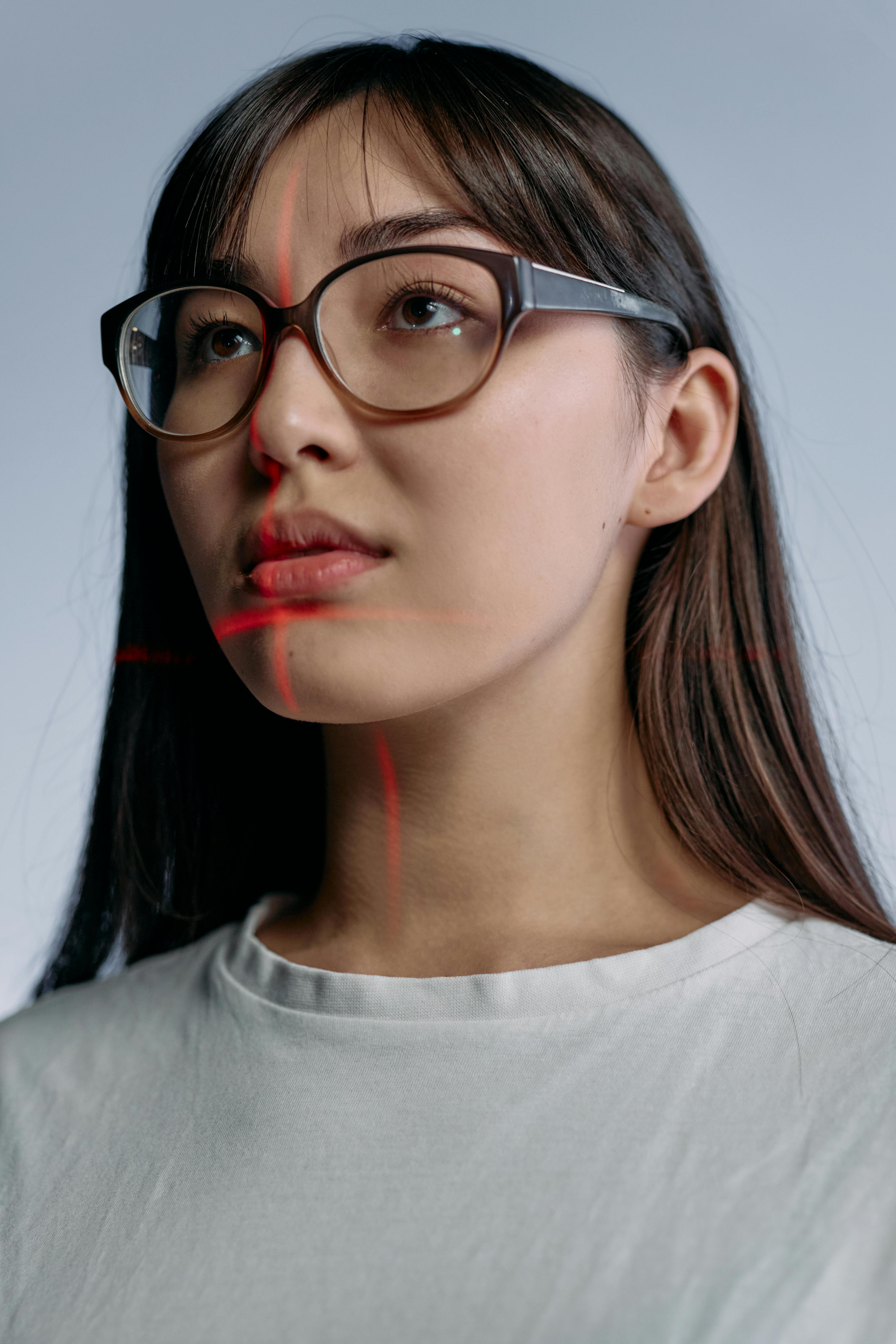
How to Effectively Dye Hair at Home: Proven Tips for Stunning Results in 2025
Dyeing your hair at home can be an empowering and cost-effective way to change your look. With advancements in hair dye technology and professional techniques, getting stunning results is more achievable than ever. In this guide, we’ll cover essential aspects of how to dye hair effectively, including tips for different dyeing techniques, color application methods, and aftercare to maintain your beautiful new color.
Choosing the Right Hair Dye for At-Home Coloring
Understanding the different types of hair dye products available is crucial when embarking on a DIY hair coloring journey. Choices range from semi-permanent hair dye to permanent hair dye, each offering unique benefits. Semi-permanent dyes are ideal for those wanting a more temporary color change, while permanent dyes provide long-lasting results.
Understanding Hair Dye Options
When deciding how to dye hair, it's essential to understand the varieties of dyes available. Semi-permanent hair dye generally lasts about 4-10 shampoos and provides a great way to experiment with color without the commitment. In contrast, permanent hair dye penetrates the hair shaft, offering a more intensive and longer-lasting color solution. For a gentler alternative, you might consider natural hair dye options which use organic ingredients for a less damaging experience.
Hair Dye Safety Considerations
Before proceeding with any hair color application, prioritize hair dye safety. Conduct a patch test on your skin to check for any allergies before using a new dye. Always read and follow instructions provided by the manufacturer to minimize risks. Understanding how different ingredients can affect sensitive skin can help avoid any mishaps during application.
Choosing the Right Shade
While deciding on hair color, color matching to your skin tone is key. Warmer tones such as golden blondes or auburns tend to complement warmer skin tones, while cooler shades like ash blondes or deep browns suit cooler undertones. Utilize a color wheel for hair to help visualize which colors would look best on you based on your natural coloring.
Essential Techniques for Hair Color Application
Once you have chosen the appropriate dye for your hair, understanding effective hair dye techniques and color application methods can make all the difference. Techniques can range from full coverage coloring to highlighted looks—all best done with some practice and knowledge of hair dyeing tips.
Balayage vs. Foiling Technique
For those looking to achieve dimension, highlighting hair with techniques like balayage or foiling can produce stunning results. Balayage subtly paints color onto the hair, creating a natural, sun-kissed effect, while foiling targets specific strands for a more uniform look. Understanding the differences in these techniques will help you decide on the style that suits you best.
Post-Dye Care
After dyeing hair, implementing a good post-dye care routine is essential to extends the life of your color. Incorporate deep conditioning treatments and color-safe shampoos into your regimen to nourish hair while maintaining hue integrity. Remember, while you may desire vibrant colors, the right aftercare can help prevent color fading, allowing you to enjoy your new look longer.
Common Hair Dyeing Mistakes and Troubleshooting
Every beginner faces challenges while learning hair dye troubleshooting. Common mistakes can include not performing a strand test which may lead to unexpected color results or experiencing uneven coverage because of quick application. Avoid these pitfalls by taking your time and reading guides on correcting hair dye mistakes, including step-by-step procedures in case of dissatisfaction with the results.
Maintaining Your Color and Preventing Fading
Once you’ve achieved the desired shade, it becomes crucial to focus on maintaining that color’s vibrancy. Knowing the right products and steps to take can prevent the premature fading of hair dye, ensuring your investment pays off.
Protecting Hair During Washing
The way you wash your hair can greatly influence how long your color lasts. Use lukewarm water instead of hot, as hot water can strip color. Implementing a hair gloss treatment every few weeks can also enhance shine and keep color looking fresh. Avoid sulfates and harsh chemicals in shampoos; instead, opt for gentle, color safe options designed for dyed hair.
Understanding Color Fading Prevention
To protect against color fading, try to limit sun exposure or use products that contain UV filters. Also, don’t wash your hair daily; instead, aim for 2-3 times a week. This helps keep those vibrantly dyed locks looking fresh longer. Remember to incorporate deep conditioning for colored hair to keep it healthy and radiant post-dye.
Color Refresh Techniques
If you notice your color beginning to dull or fade, there are several color refresh techniques you can try. Utilizing a semi-permanent dye can rejuvenate your existing color. Another option includes using a temporary color rinse that can help revive and brighten your hair without the commitment of a full dye application.
FAQ
1. What is the best technique to avoid hair damage while dyeing?
Using a gentle hair dye kit and performing a thorough hair strand test before full application can help minimize damage. Additionally, utilizing a deep conditioning treatment before and after dyeing also aids in maintaining healthy hair.
2. How often can I safely dye my hair?
Generally, it’s advisable to wait 4-6 weeks between hair coloring sessions to reduce cumulative damage. Semi-permanent dyes are less damaging and can be used more frequently, allowing you to maintain your preferred color without harming your hair.
3. What are the signs that I might need to refresh my hair color?
Significant fading, loss of vibrancy, or a noticeable difference at the roots may indicate it’s time for a color refresh. Additionally, lackluster or dry hair might signal that it needs hydration in conjunction with a new color treatment.
4. Can I dye my hair if I have curly hair?
Absolutely! However, take extra care by using products designed for curly hair, which help maintain texture while dyeing. Additionally, limiting heat styling during the dyeing process can protect the overall integrity of your curls.
5. What resources are helpful for first-time hair dyers?
For first-timers, guides detailing dyeing techniques explained, videos showcasing coloring methods, and hair stylist recommendations can be invaluable. Ensure you read the dye’s instructions thoroughly to better understand the process, and don't hesitate to reach out to experts if needed!
With these expert tips on how to dye hair at home, you can now confidently embark on your hair coloring adventure! Whether you choose vibrant hues or subtle highlights, following this guide will yield stunning and satisfactory results in 2025.

